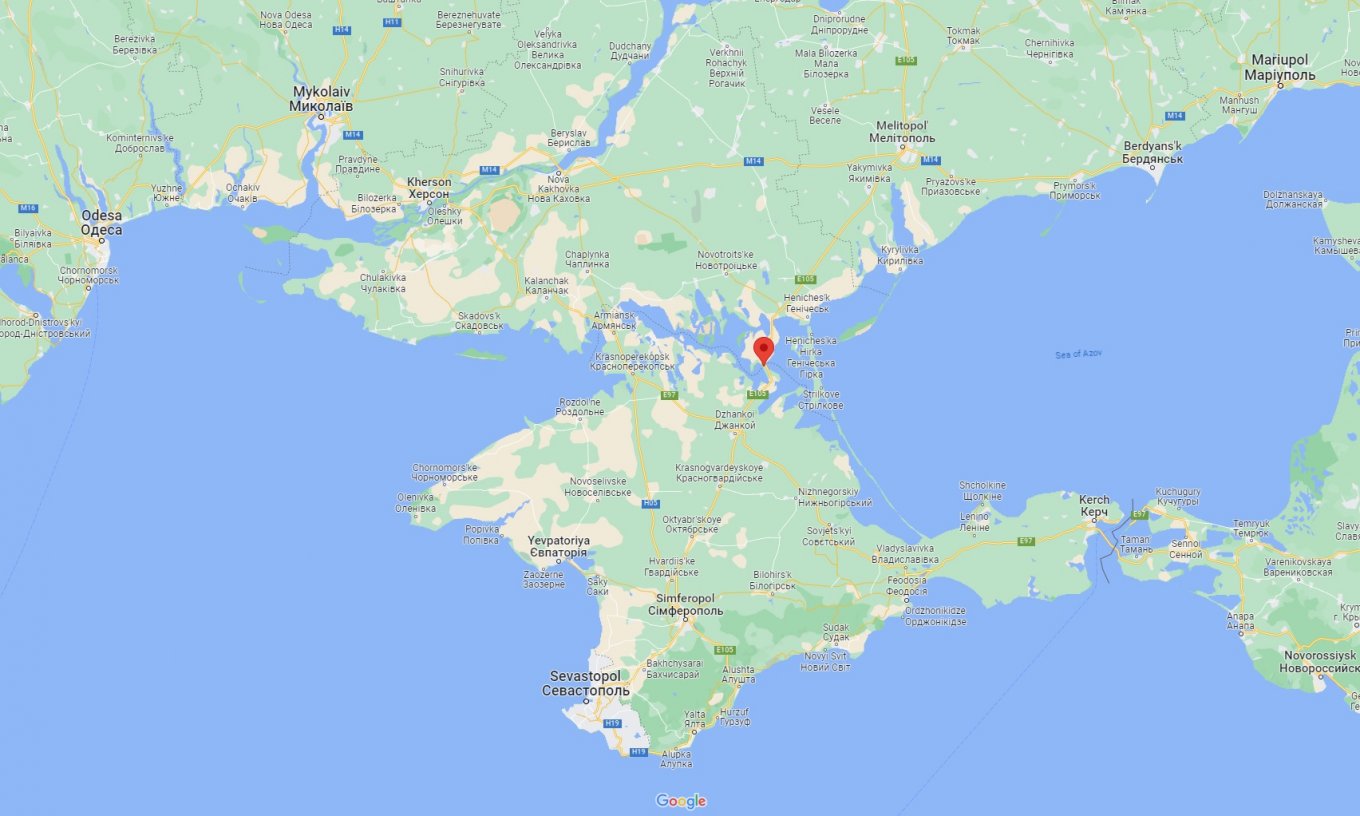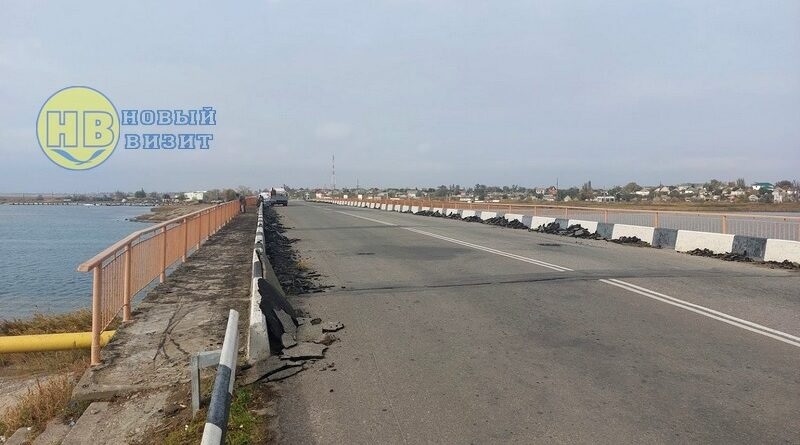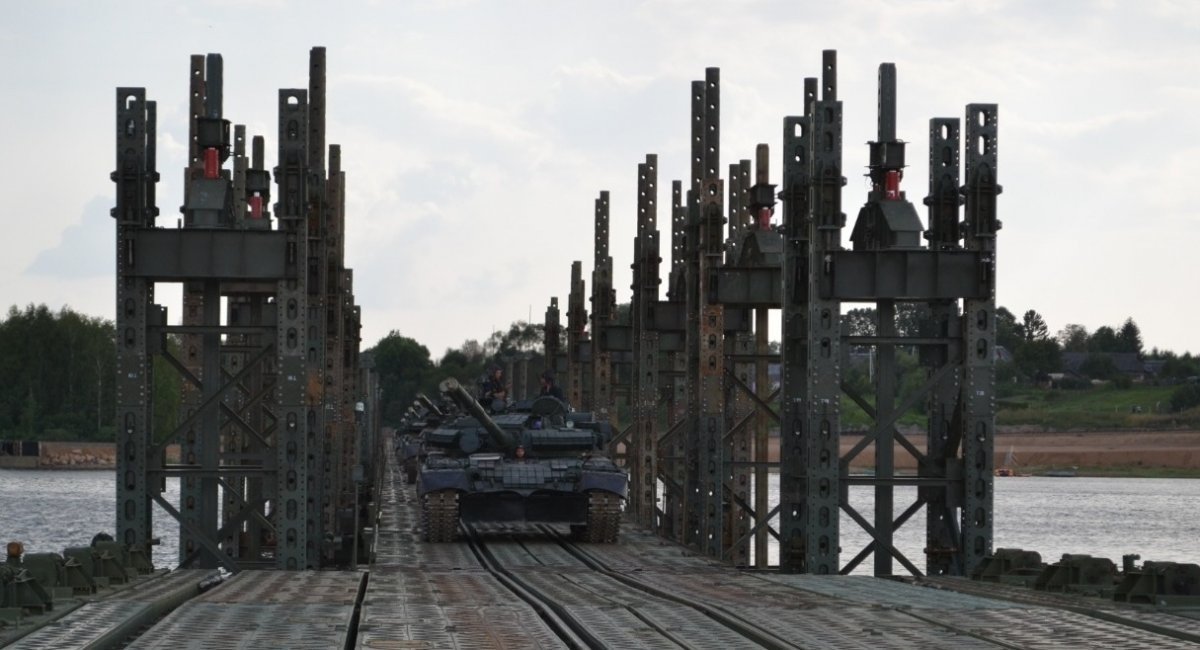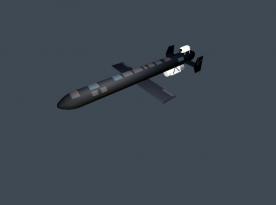Missile strike on the bridges in the russian-occupied Chonhar that took place on June 22, 2023, was significant in a way that it marked the beginning of Ukrainian operation against russian logistics on the bottleneck strip of land connecting the Crimean Peninsula to the mainland. Even a temporary disabling of these bridges was of great significance because the E105 highway to the major city of Melitopol rests on these structures, and russians were forced to search alternative logistical roles.
Theoretically, there is a detour through the Perekop isthmus but as we earlier explained that it had too little traffic capacity. However, missed to mention that the russians also have another backup route from Crimea to Melitopol which is shorter and has been used since at least November last year.
Read more: Critical Internal Structural Damage of the Chonhar bridges Raises Concerns over Repairs and Alternate Routes

A report from Ukraine's military Defense Intelligence dated early November 2022 mentioned that russians have organized an alternative passage via the Arabat Spit that leads to the city of Henichesk and flows into the E105 road further toward Melitopol. This route was good in a way that it allowed to "cut" about 120 km (75 miles) but it had a flaw – asphalt pavement was laid only on a small segment of the road, about 30 km between Henichesk and Strilkove, the other 85 kilometers were rough; not to mention that the Arabat Spit is narrow, ranging from 200 to 8,000 meters wide. These obstacles put a strict limit on the types and numbers of vehicles that can pass through at a time.

Although soon afterward, the National Resistance Center of Ukraine warned that the russians had plans to widen the road on theArabat Spit to increase its capacity and had appointed an authority to supervise this process.
Moreover, we should remind that in the 1950s, there was an acting railroad passing across the spit which was used for salt mining. The russians could use the idea to create additional logistical opportunities based on experience from the distant past.
Another potential way around the damaged bridges could be set up as a ferry crossing through the port of Henichesk. This option, though, looks very unlikely because despite the port's infrastructure being still there, no one maintained required depth in the nearby waters for decades, and for that reason the harbor received no "classic" maritime vessels but small fishing boats. Still, the possibility should not be ruled out.

Considering these two options, there is a scenario where russians will try to decentralize their logistics after the attack on Chonhar bridges. This will mean a new chapter of hunting for key supply routes will start for the Ukrainian forces, and it will require investments of time, effort, and weapons.
Read more: Russian Army Used Ka-52 and Mi-28 Helicopters Against Wager Group, Part of Them Were Downed














